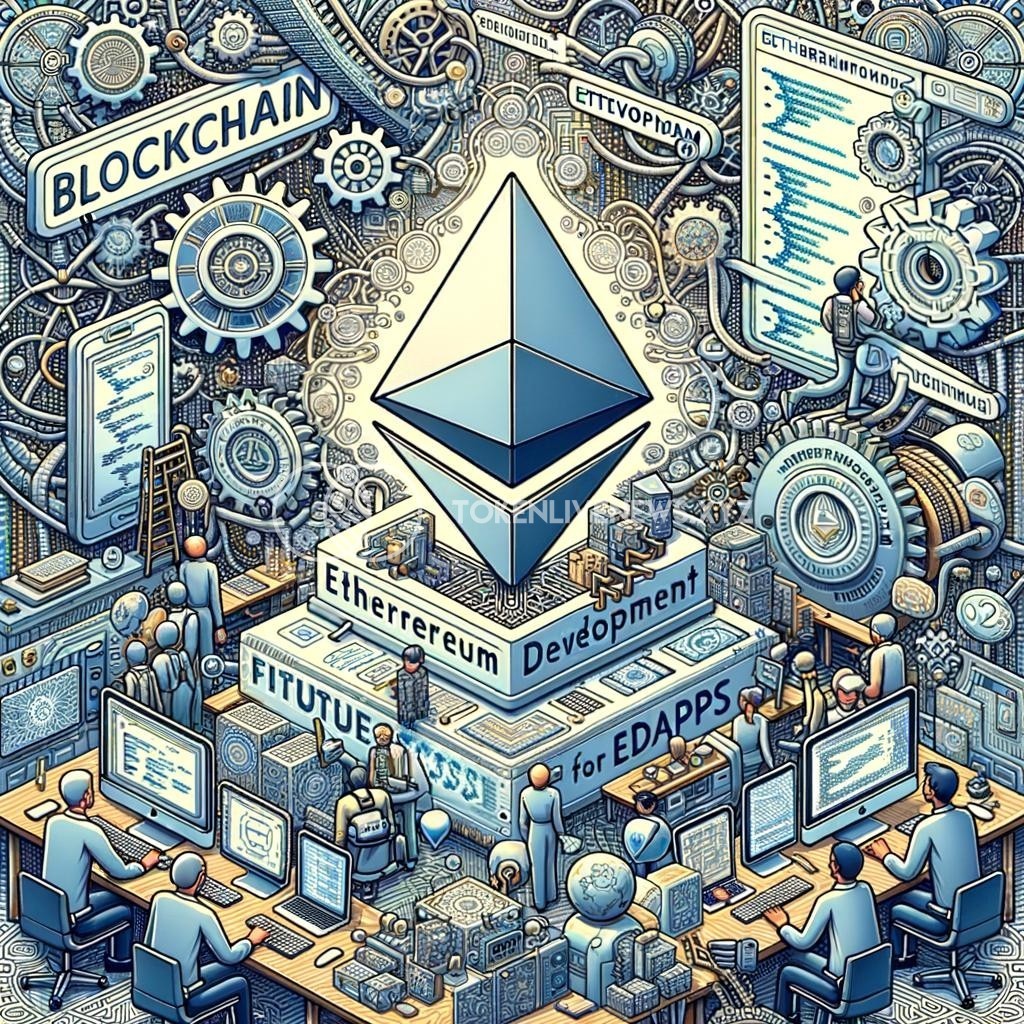Ethereum Development: Crafting the Future of Decentralized Applications
Introduction
Decentralized applications have become a hot topic in recent years, revolutionizing the way we interact with technology. At the forefront of this change is Ethereum, an open-source blockchain platform that enables developers to create and deploy decentralized applications (DApps). Ethereum’s development framework is not only reshaping industries but also fostering a new era of innovation and disruption. In this article, we will explore the evolution of Ethereum development and how it is paving the way for a decentralized future.
The Genesis of Ethereum Development
Ethereum’s journey began in 2015, with the release of its whitepaper by Vitalik Buterin, a young and visionary Canadian-Russian programmer. Buterin proposed a platform capable of executing smart contracts, self-executing agreements with predefined conditions. These smart contracts eliminate the need for intermediaries, such as lawyers or brokers, while ensuring trust, security, and transparency.
Ethereum’s Mainnet launch in 2015 brought to life its unique vision. By introducing the Ethereum Virtual Machine (EVM), developers gained the ability to write and deploy smart contracts on the blockchain. This development allowed for the creation of diverse applications that operate securely and autonomously, with their logic enforced by the blockchain’s consensus protocol.
The Building Blocks: Solidity and Smart Contracts
Solidity, Ethereum’s native programming language, plays a crucial role in the development process. With its C++-like syntax, it empowers developers to write smart contracts for DApps. Solidity enables the definition of data structures, libraries, and functions, essential components for building decentralized applications on the Ethereum network. Its simplicity, combined with its extensibility, makes it a powerful language for developers.
Smart contracts are the backbone of Ethereum’s decentralized applications. These self-executing and tamper-proof agreements enforce predefined rules, ensuring trust and security. Developers leverage the power of smart contracts to build a wide range of applications, spanning from decentralized finance (DeFi) platforms to non-fungible token (NFT) marketplaces. Ethereum’s ecosystem offers unparalleled flexibility, enabling developers to bring their creative visions to life on a trustless platform.
The Rise of Decentralized Finance
Ethereum’s impact on the blockchain industry skyrocketed with the emergence of decentralized finance. DeFi applications have transformed traditional financial systems by offering avenues for transparent and permissionless trading, borrowing, and lending. Ethereum’s robust infrastructure, combined with smart contracts, has fueled the rapid growth of DeFi, bringing financial services to anyone with an internet connection.
Decentralized exchanges (DEXs) built on Ethereum allow users to trade cryptocurrencies directly from their wallets, without intermediaries. Lending and borrowing protocols, such as Compound and Aave, enable users to earn interest or provide collateral for loans, all while maintaining control of their assets. Ethereum’s programmable nature has enabled the creation of complex financial instruments, such as decentralized derivatives and decentralized insurance, fostering a more inclusive and accessible financial landscape.
Scaling Challenges and Ethereum 2.0
As Ethereum’s popularity soared, its scalability limitations became evident. The proof-of-work consensus mechanism, while secure, could only process a limited number of transactions per second. To address these challenges, Ethereum has been working on a major upgrade known as Ethereum 2.0.
Ethereum 2.0 is a multi-phase rollout that aims to transform the network’s consensus mechanism from proof-of-work to proof-of-stake. This change, along with innovative layer 2 solutions, such as rollups, will significantly improve Ethereum’s scalability, making it capable of processing thousands of transactions per second. This upgrade will unlock a new level of efficiency and accessibility for decentralized applications, further solidifying Ethereum’s role as the go-to platform for DApp development.
Conclusion
Ethereum development has brought about a paradigm shift in the world of decentralized applications. With its robust infrastructure, powerful programming language, and the rise of DeFi, Ethereum continues to shape the future of how we interact with technology. As we witness the ongoing evolution of Ethereum 2.0 and its scalability improvements, the potential for decentralized applications is boundless. The Ethereum ecosystem has opened up a realm of possibilities, giving developers the tools to create the decentralized future we’ve all been envisioning.







